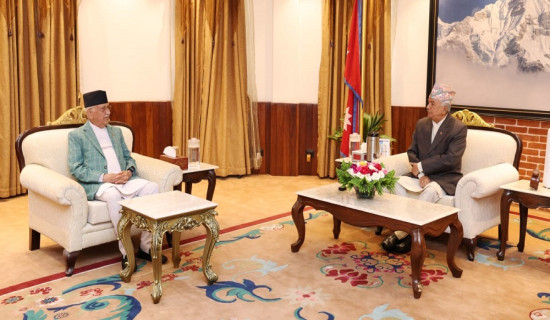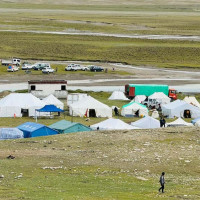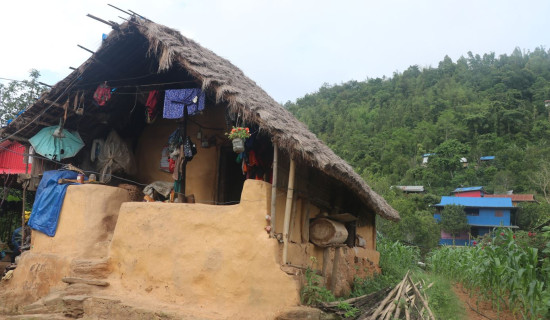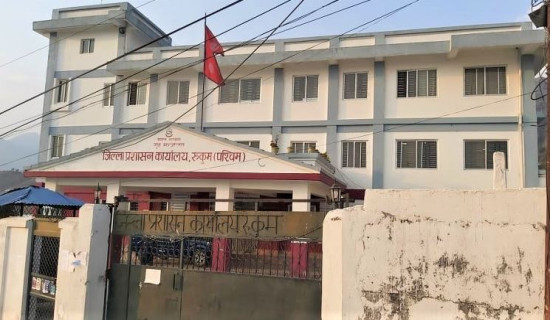- Sunday, 10 August 2025
Rupandehi farmers turn to commercial potato farming
By Sita Kafle,Rupandehi, Feb. 21: Rupandehi has witnessed an increase in commercial potato production, thanks to the establishment of a potato production and processing zone that connects seven municipalities in the district.
Commercial potato farming has commenced in Tilottama Municipality, Sainamaina Municipality, Shuddhodhan, Kanchan, Gaindahwa, Mayadevi, and Siyari Rural Municipalities.
This zone includes 19 wards across these seven municipalities. Farmers, who previously cultivated potatoes for household consumption, have now shifted to commercial production.
The programme was launched to expand commercial potato farming, increase production, improve quality, and support marketisation. Implemented through the Prime Minister’s Agriculture Modernisation Project in Rupandehi, the potato zone initiative has encouraged farmers.
According to Narayan Kafle, head of the project implementation unit in Bhairahawa-16, agricultural farms, groups, and government-registered entities are engaged in commercial potato farming under the programme.
He informed that Rupandehi has flat land and significant potential for potato production. He noted that the region is well-suited for development as a potato zone, helping to reduce Nepal’s reliance on potato imports from India.
“Nepal imports a significant amount of potatoes from India, leading to a considerable outflow of money,” said Kafle, adding, “The potato zone initiative has been introduced to reduce imports and promote commercialization by attracting farmers to this sector.”
The project provides subsidies and necessary facilitation for irrigation infrastructure, mechanisation, micronutrients, and storage, as well as purchasing fertilisers and seeds, constructing small irrigation systems, and market expansion, informed Nabin Buda, a technical expert from the potato zone.
Farmers involved in the potato zone programme in its first year have cultivated 18 hectares of land. The project estimates an average yield of 25.2 metric tonnes of potatoes per hectare.
Horticulture expert Basudev Regmi informed that although the initial target was 75 hectares, the potatoes were cultivated in only 22 to 25 hectares of land in the first year. He mentioned that compared to mustard cultivation, potato farming yields higher income. Farmers have reportedly earned up to Rs. 50,000 per katha.
Shankar Tharu of Sainamaina-4 said that potato farming is easier, yields higher production, and generates more income compared to vegetable farming, which is why he opted for commercial potato farming.
Farmers using seeds recommended by the project have reported producing up to two kilograms of potatoes per plant. Ganga Prasad Gautam of Shantinagar, Shuddhodhan Rural Municipality–5, said that the seeds he obtained from an agricultural cooperative have yielded excellent results.
Devnarayan Chaudhary of Sainamaina-4 has cultivated potatoes on 15 katthas of land. Previously engaged in vegetable farming, he shifted to potato farming following the introduction of the programme.




-square-thumb.jpg)






-original-thumb.jpg)





